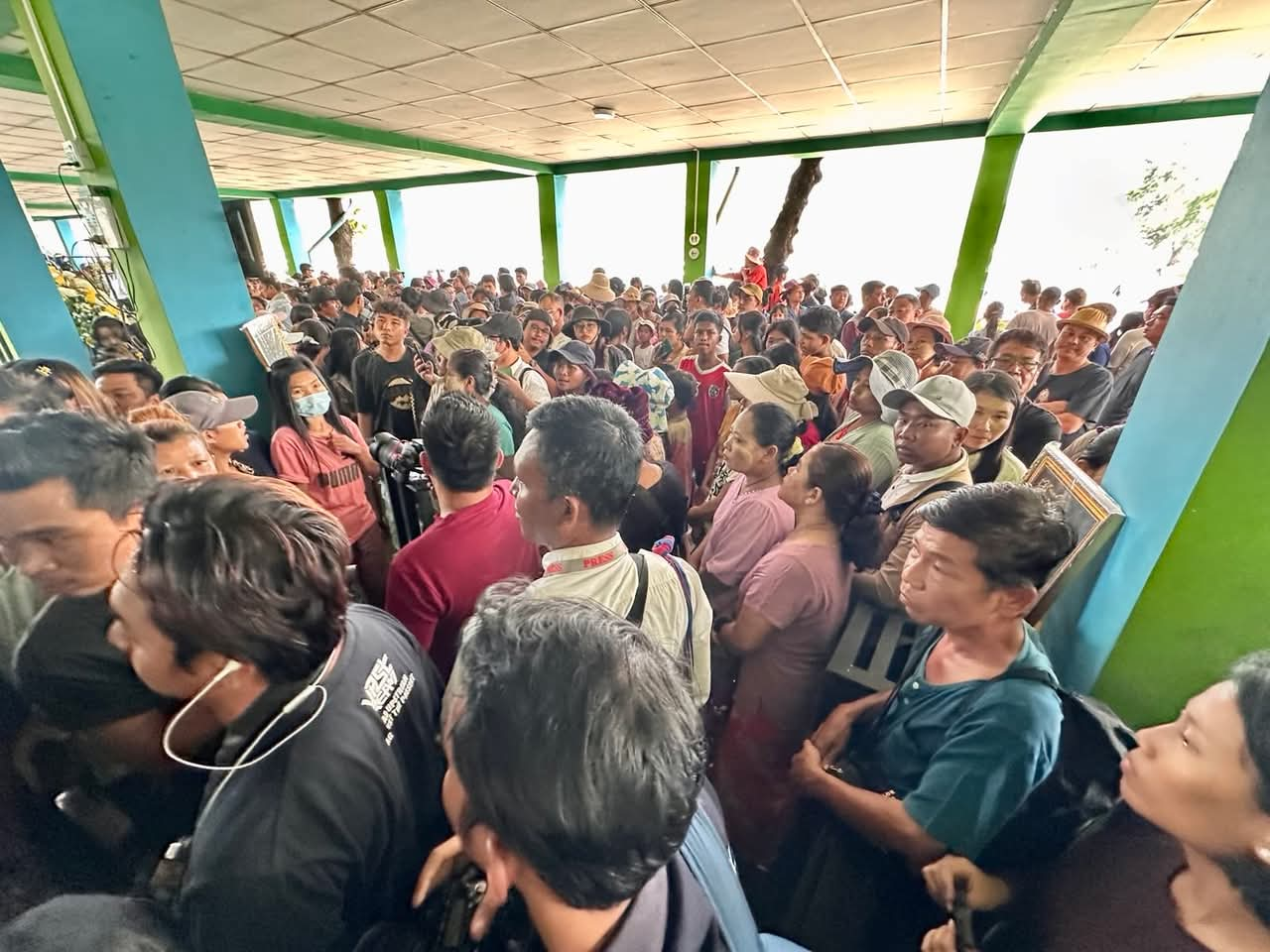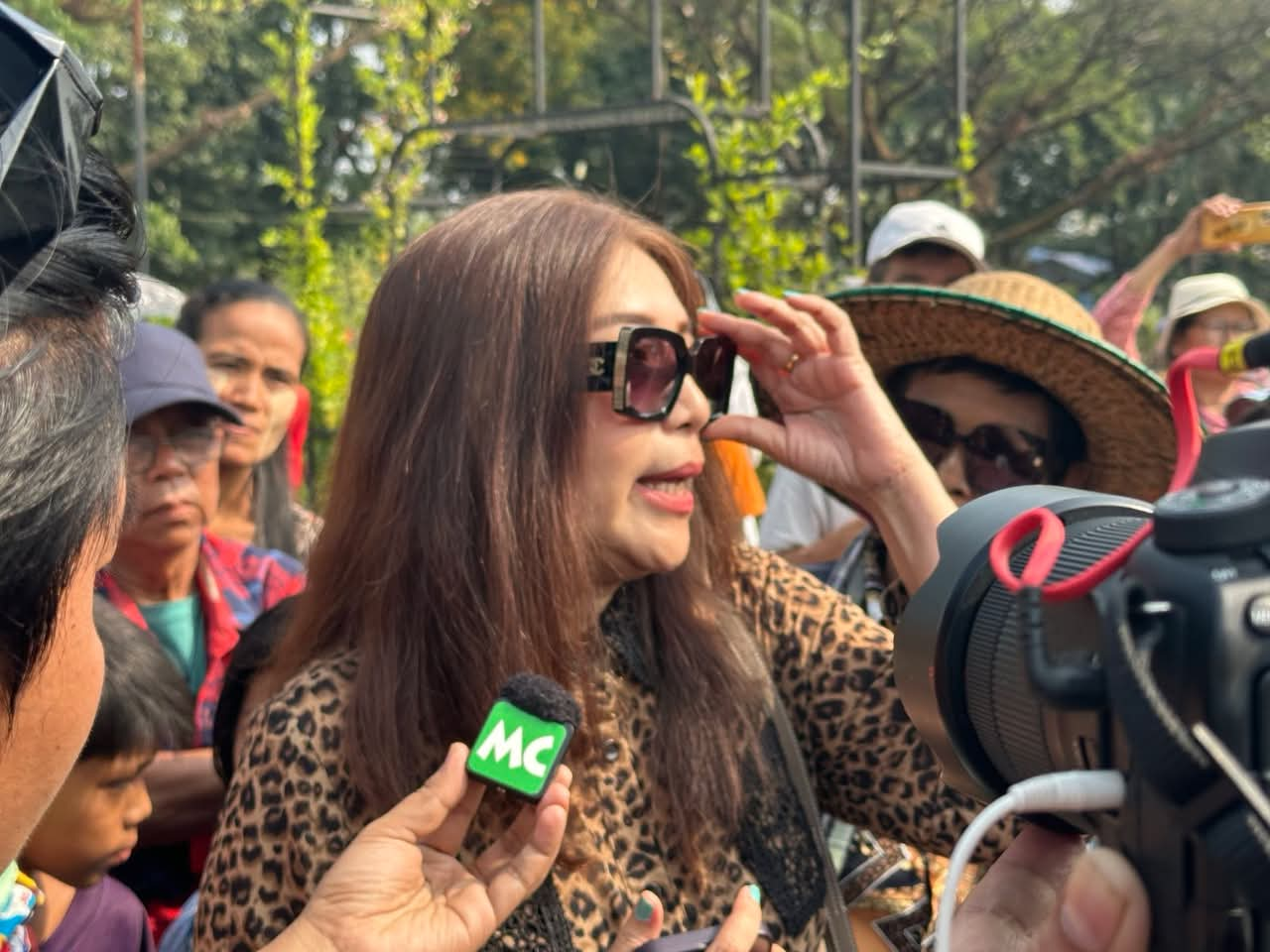
5G technology is designed to significantly enhance network capacity, addressing the growing demand for mobile data and connectivity.
This improvement is achieved through several innovative approaches and technologies that optimize the use of available spectrum and improve overall network performance.









Key Factors Contributing to Enhanced Network Capacity
Ultra-Dense Networks:
One of the primary strategies for increasing network capacity in 5G is the deployment of ultra-dense networks. This involves the extensive use of macrocells, microcells, and femtocells to create a network with a high density of access points. By reducing the distance between users and the network infrastructure, ultra-dense networks can support more simultaneous connections and improve overall capacity.
Massive MIMO:
Massive MIMO (Multiple Input Multiple Output) technology plays a crucial role in enhancing network capacity. By utilizing a large number of antennas at both the transmitter and receiver, massive MIMO can serve multiple users simultaneously, increasing the capacity of the network without requiring additional spectrum. This technology also improves spectral efficiency, allowing for better utilization of the available bandwidth.
Millimeter Wave (mmWave) Frequencies:
5G networks leverage mmWave frequencies, which provide a larger bandwidth compared to lower frequency bands. This increased bandwidth allows for higher data rates and supports more users, contributing to enhanced network capacity. The ability to utilize these higher frequencies is essential for meeting the demands of high-bandwidth applications.
Carrier Aggregation:
Carrier aggregation enables the combination of multiple frequency bands to create a wider channel for data transmission. This technique not only increases the effective bandwidth available to users but also enhances the overall capacity of the network. By aggregating different carriers, 5G can achieve significantly higher throughput, accommodating more users and devices.
Advanced Modulation Techniques:
5G employs advanced modulation schemes, such as Orthogonal Frequency Division Multiple Access (OFDMA), which allows for more efficient use of the spectrum. These techniques enable the network to allocate resources dynamically based on user demand, further enhancing capacity and performance.
Conclusion
The combination of ultra-dense networks, massive MIMO, mmWave frequencies, carrier aggregation, and advanced modulation techniques collectively contribute to the enhanced network capacity of 5G technology. As the demand for mobile data continues to rise, these innovations will be critical in ensuring that 5G networks can support a growing number of users and applications effectively.


Leave a Reply